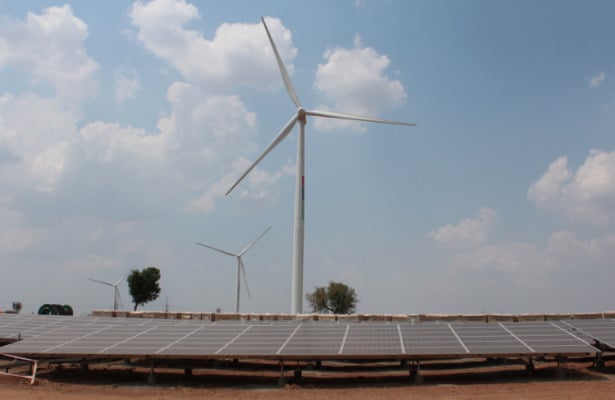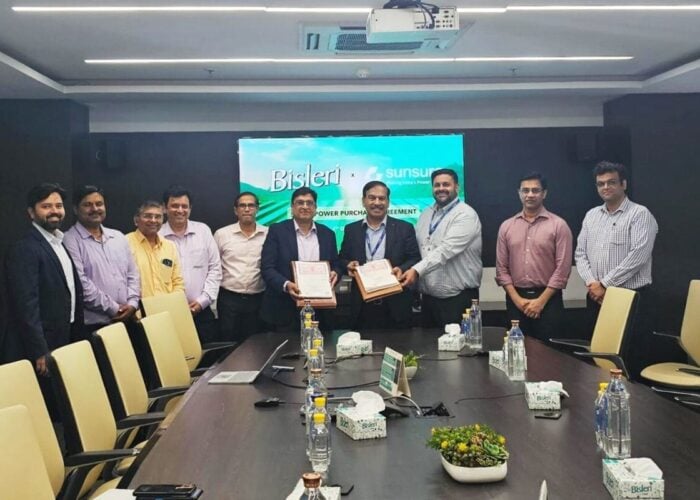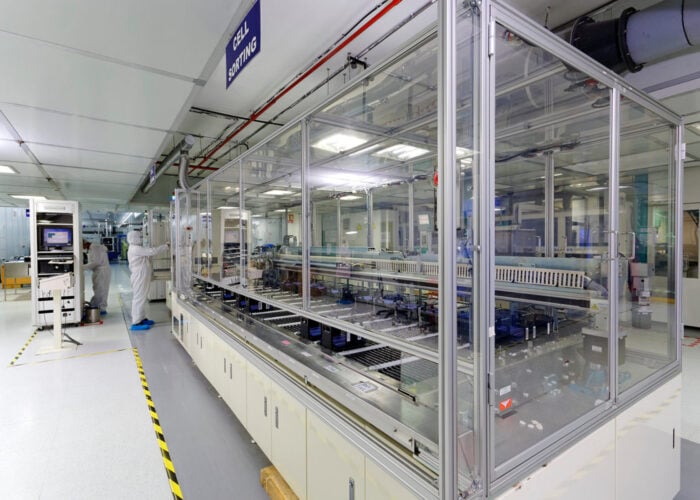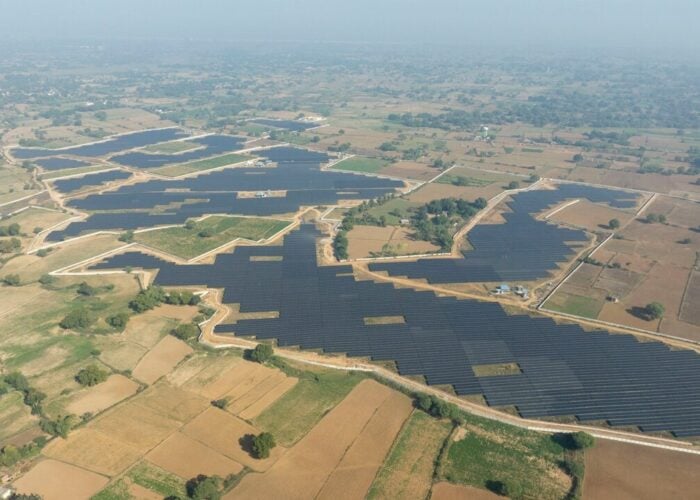
The deployment of wind-solar hybrid projects could play a key role in India meeting its renewable energy targets while also reducing intermittency problems, a new report says.
While India’s government has committed to 450GW of renewables by 2030, relying solely on wind or solar to achieve this is a “suboptimal option”, according to the research from the Institute for Energy Economics and Financial Analysis (IEEFA) and JMK Research.
Try Premium for just $1
- Full premium access for the first month at only $1
- Converts to an annual rate after 30 days unless cancelled
- Cancel anytime during the trial period
Premium Benefits
- Expert industry analysis and interviews
- Digital access to PV Tech Power journal
- Exclusive event discounts
Or get the full Premium subscription right away
Or continue reading this article for free
They predict India’s wind-solar hybrid capacity will soar from its current 148MW level to nearly 11.7GW by 2023.
The report notes that the cost of a co-located project is 7-8% lower than that of a standalone solar system, with reduced overheads in terms of land, grid connection and hardware. Meanwhile, as the peak operating times of wind and solar systems occur at different times of the day and year, hybrid systems are said to be more likely to produce dependable power that meets demand.
“There is a lot of interest in the potential of wind-solar hybrid generation to better manage the intermittency problem of standalone wind and solar and to make clean power more competitive against traditional thermal plants,” Vibhuti Garg, energy economist at IEEFA, said.
Hybrid projects gained traction in India following the announcement in 2018 of the National Wind-Solar Hybrid Policy, which aims to reduce renewable power generation variability and achieve better grid stability.
The report says the market has scaled up thanks to regular tenders from the Solar Energy Corporation of India (SECI), which has so far issued 12,860MW of hybrid capacity tenders (with and without storage), of which 4,290MW has been auctioned.
IEEFA and JMK have used a model to project tariff trends for a 250MW wind-solar hybrid project under different scenarios. It shows that when solar and wind are blended at a ratio of 80:20, the levelised tariff is US$0.0332/kWh, while a ratio of 50:50 results in a tariff of about US$0.0343/kWh. But when storage in the form of a two-hour battery back-up is added, the levelised tariff increases substantially to US$0.0612/kWh.
“Clearly, adding battery storage is not a feasible option at present because it significantly increases project costs and hence the tariffs. However, rapidly falling battery prices will make such an addition to these projects viable within a few years, further strengthening grid stability and reliability,” said Jyoti Gulia, founder of JMK Research.
While developers in the wind-solar hybrid market are said to be grappling with problems such as land constraints, integration challenges, system sizing and a lack of experience, many of these issues can be addressed by putting in place more coherent policy and standards, according to the authors.
Garg of IEEFA said: “State governments including Gujarat, Andhra Pradesh and Rajasthan have come up with their own wind-solar hybrid policies aligned with the National Wind-Solar Hybrid Policy, and more states should follow their example.”






